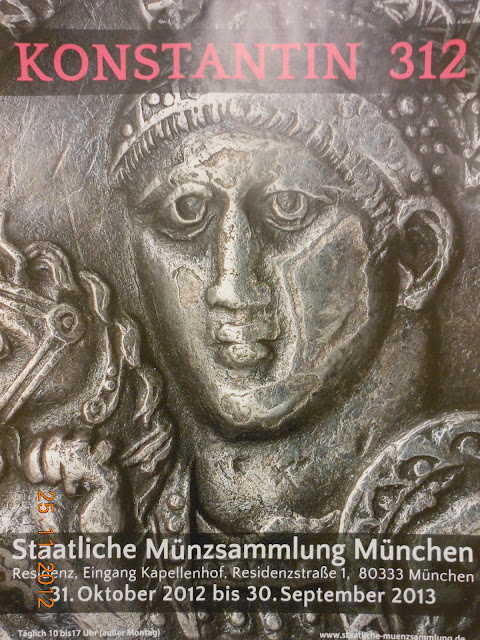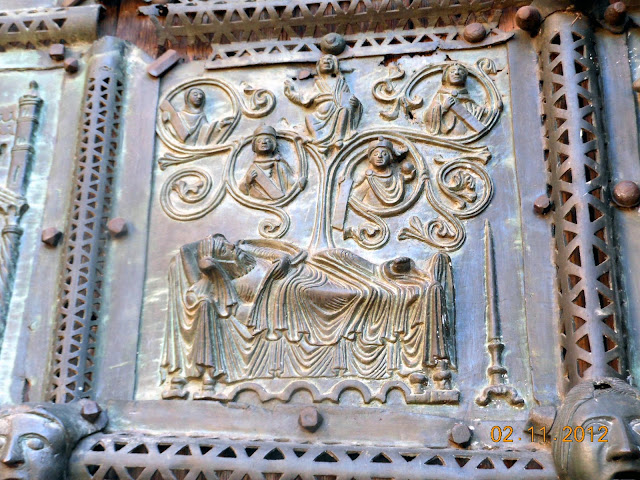Dear Friends
I have not yet found the time to visit the exhibition: Constantin 312:
http://www.staatliche-muenzsammlung.de/sonderausstellung.html
at the Staatliche Münzsammlung here in Munich:
http://www.staatliche-muenzsammlung.de/museum.html .
However, it is with pleasure that I can report a private debate between
Alexei and me which has brought to the interpretation of the symbols
on the backside of one of the coins shown at the exhibition.
The naked person in the middle of the coin is surely a representation of
the god Solis Invictus (unconquered Sun) worshipped in the late Roman
Empire and identified by the crown from which emanate solar rays. Inte-
resting in his right hand a ball (the Earth ?) symbolic representing his
power.
The meaning of the star near the god is rather obscure. It seems that it
could represent the star Syrius or Canopus which probably would indi-
cate the cicle of the saisons.
The word COMITI, on the left of the god, according to the link indicated
by Alexei, identifies Constantine as Minister on Earth of the Solis Invictus:
http://www.forumancientcoins.com/numiswiki/view.asp?key=COMITI
The word PLN, under the god, according to the link indicated by Alexei,
identify the roman mint in Londinum (London - England) in which the coin
was manufactured and the date of the manufacturing 383 - 388 C.E.:
http://tjbuggey.ancients.info/mints.html
The word AV GG NN, on the right of the god, according to the link
indicated by Alexei, indicate the arrival of Constantine as emperor:
http://www.bitsofhistory.com/info/roman_inscriptions.html .
Any comment from your side is welcomed.
Salutations
Giancarlo
























































